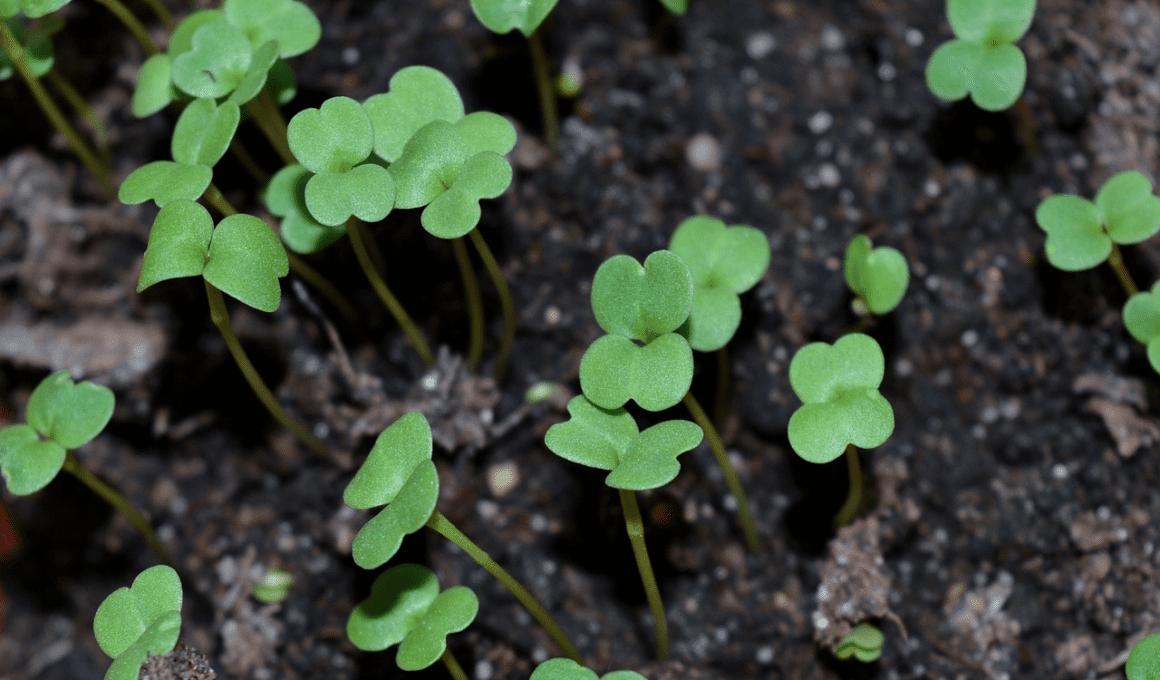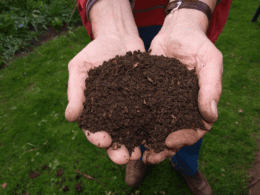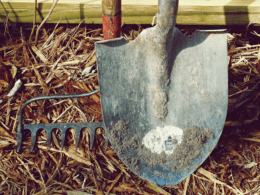Are you interested in growing microgreens at home but unsure where to start? Choosing the right growing medium is crucial for the success of your microgreen garden.
In this article, we’ll explore the top 5 best growing mediums for microgreens and help you choose the one that’s right for you.
Growing microgreens can offer a range of taste and health benefits, but it can be overwhelming to choose the right medium. That’s why we’ve done the research for you and compiled a list of the top 5 growing mediums, including organic potting soil, homemade compost, coconut coir, hydroponic growing mats, and vermiculite.
Each medium has its own benefits and drawbacks, and we’ll guide you through the process of choosing the best one for your gardening style.
With our help, you can start growing healthy and delicious microgreens in the safety and comfort of your own home.
Quick Takeaways
- Organic potting soil, homemade compost, coconut coir, hydroponic growing mats, and vermiculite are all viable options for growing microgreens at home.
- Different growing mediums have different benefits and drawbacks, and suit different gardening styles.
- Microgreens offer taste and health benefits, and are ready to harvest in about two weeks.
- It is important to use sterile soil for indoor plants, and to sterilize homemade compost before using it as a growing medium.
What Are the Best Tips for Harvesting and Storing Microgreens?
When it comes to harvesting and storing microgreens, using proper harvesting and storage techniques is crucial. First, ensure that the microgreens have reached the desired maturity level before cutting them. Harvest by using a clean, sharp pair of scissors to snip just above the soil level. To store them, gently wash and dry the greens, then place them in a sealed container with a paper towel to absorb moisture. Store in the refrigerator and they’ll stay fresh for longer.
Benefits and drawbacks
You’ll want to consider the benefits and drawbacks of each growing medium before choosing the best one for your microgreens.
Using organic potting soil is a common choice as it provides a beneficial base for microgreen seeds, but homemade compost can also be used after being sterilized.
Coconut coir is another affordable option that holds water well, while vermiculite is naturally sterile and provides nutrients.
Hydroponic growing mats are easy to use, but require fertilizer, while woven hemp mats are moisture-retentive and compostable, but may require fertilizer and can rip when wet.
When choosing a growing medium, it’s important to consider the nutritional value it provides to your microgreens.
Homemade compost, for example, provides rich nutrients to your plants, but must be sterilized first to prevent unwanted bacteria and fungus growth.
Vermiculite may provide nutrients, but can lead to rotting roots if not monitored.
Coconut coir, on the other hand, is a great choice for those looking to add moisture to their growing medium.
Remember to research the sterilization methods for each growing medium to ensure that your microgreens are healthy and safe to consume.
Different growing mediums
Using a variety of growing mediums can offer different benefits and drawbacks for your indoor microgreen garden. Coconut coir and hydroponic mats are two popular options for growing microgreens. Coconut coir is affordable, lightweight, and holds water well, but may require additional fertilization. Hydroponic mats, on the other hand, are sterile and easy to use, but also require fertilizer.
Homemade compost and vermiculite are two other options for growing microgreens. Homemade compost is a sustainable option, but must be sterilized before use. Vermiculite is naturally sterile and can provide nutrients, but it can also lead to rotting roots if not monitored carefully. It’s important to choose a growing medium that aligns with your gardening style and needs. Consider the benefits and drawbacks of each option before making a decision.
| Growing Medium | Benefits | Drawbacks | ||||
|---|---|---|---|---|---|---|
| Coconut Coir | Affordable, lightweight, holds water well | Requires additional fertilization | ||||
| Hydroponic Mats | Sterile, easy to use | Requires fertilizer | ||||
| Homemade Compost | Sustainable | Must be sterilized before use | ||||
| Vermiculite | Naturally sterile, provides nutrients | Can lead to rotting roots if not monitored | Coco Coir | Eco-friendly, promotes healthy root growth | Requires buffering before use |
Which Microgreen Growing Medium is Most Space-Efficient for Maximizing Garden Space?
When looking to maximize garden space with seeds planting, consider using coconut coir or hemp mats as a microgreen growing medium. These options are space-efficient and provide a sturdy base for growing a variety of microgreens without taking up too much room in your garden.
How to choose
To choose the best growing medium for your indoor microgreen garden, consider the benefits and drawbacks of each option and how they align with your gardening style and needs. Different growing mediums suit different gardening styles, so it’s important to choose the right one for you.
For example, organic potting soil is a common and beneficial base for microgreen seeds, while hydroponic growing mats are sterile and easy to use, but require fertilizer. Coconut coir is affordable, lightweight, and holds water well, but woven hemp mats are moisture-retentive and compostable, but may require fertilizer and can rip when wet. Vermiculite is naturally sterile and provides nutrients, but can lead to rotting roots if not monitored.
When choosing medium type, cost comparison can also be a factor to consider. Homemade compost is a cost-effective option, but it must be sterilized first. Happy Frog organic potting soil and coconut coir are both affordable options, while hydroponic growing mats and vermiculite can be more expensive.
Ultimately, the best growing medium for your microgreens will depend on your individual needs and budget.
Frequently Asked Questions
What are some common mistakes to avoid when using vermiculite as a growing medium for microgreens?
Avoid vermiculite mistakes by monitoring moisture levels and not overwatering. Vermiculite should be mixed with other growing mediums and not used alone. Optimal vermiculite usage provides natural sterility and nutrients for larger seeds.
How do hydroponic growing mats compare to other growing mediums in terms of cost and maintenance?
Hydroponic growing mats are low maintenance and sterile, but require additional fertilizer. They may cost more upfront than other mediums, but can produce higher yields and are reusable. Consider your budget and gardening style when comparing growing mediums.
Are there any environmental concerns associated with using coconut coir as a growing medium?
Using coconut coir as a growing medium can have sustainability considerations. It’s important to source from reputable suppliers to ensure ethical harvesting practices. There are also concerns about the environmental impact of transporting coir from distant locations.
How do woven hemp mats compare to other growing mediums in terms of durability and water retention?
Woven hemp mats are moisture-retentive but may rip when wet. They’re compostable and require fertilizer. Durability is limited, but water retention is high. Benefits include eco-friendliness, drawbacks include maintenance.
Can different types of microgreens thrive in different growing mediums, or are certain mediums better suited for all types of microgreens?
Different types of microgreens can thrive in different growing mediums, but soil-based mediums offer more benefits. Proper pH levels are crucial for microgreen growth. Soilless mediums like hydroponics require more monitoring. Soil-based mediums provide natural nutrients and support healthy root development.









